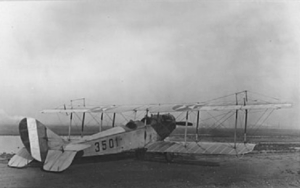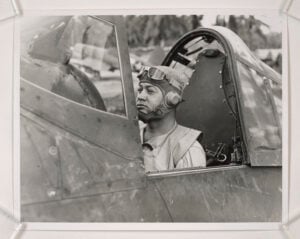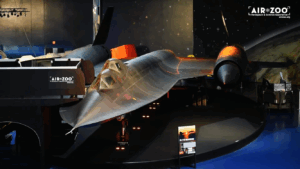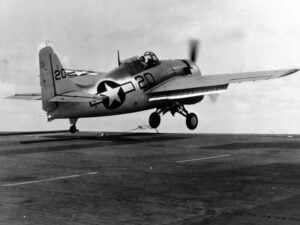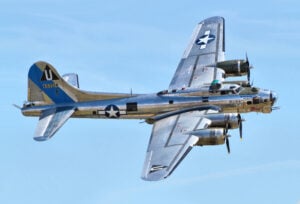Why the I-185 Was the Best Soviet Fighter You Never Heard Of
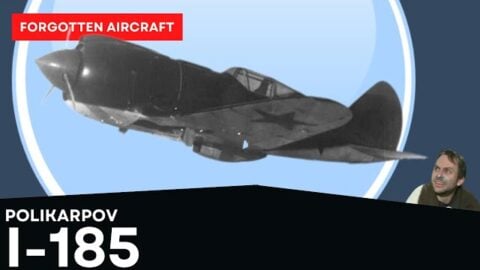
YouTube / Ed Nash's Military Matters
An Aircraft Ahead of Its Time
Fast, agile, and heavily armed, the Polikarpov I-185 had all the makings of a legend. Designed by Nikolai Polikarpov, known as the “King of Fighters,” it was the pinnacle of his two decades of innovation that began with the I-1 in 1923. When it first flew in early 1941, the I-185 stunned Soviet test pilots with its speed and handling.
Capable of reaching 426 mph (646 km/h) and armed with three 20mm cannons, it outperformed every Soviet and German aircraft tested against it. Pilots praised its stability, responsiveness, and sheer power—many declared it the best fighter they had ever flown.
By every measure, it should have become one of World War II’s greatest fighters. Yet the I-185 never advanced beyond prototype testing. Despite its potential, the realities of war and unreliable engines sealed its fate.
Development of a Masterpiece
The I-185 was built using a sleek plywood monocoque fuselage and an ultra-thin all-metal wing, combining strength, speed, and aerodynamic finesse. Its refined design allowed smoother airflow and more responsive control than its predecessor, the I-16, which was infamous for being unstable and difficult to fly.
Originally, Polikarpov designed the I-185 to use the 2,000-horsepower Tumansky M-90 radial engine. But when tested, the engine failed so completely that the plane couldn’t even take off. Refusing to give up, Polikarpov modified the design to fit the M-81 engine instead, allowing the first flight on January 11, 1941.
Even that engine proved unreliable. Anticipating more trouble, Polikarpov had already begun work on two new prototypes—one powered by the Shvetsov M-71, the other by the M-82A. These versions maintained the same superb handling but packed even greater firepower. With three 20mm cannons, the I-185 could have shredded any Luftwaffe aircraft in its path.
Doomed by Circumstance
After successful trials at the Air Force Institute, the I-185 was sent to the front with the 728th Fighter Regiment for combat evaluation. Pilots were forbidden from crossing enemy lines to prevent the secret fighter from being captured, yet even under those limits, it earned glowing praise. Every pilot who flew it agreed—the I-185 was unmatched in performance and remarkably easy to handle.
But despite these reviews, no production order came. The main reason was the cancellation of the M-71 engine, which ended any hope of fielding the most advanced version. Meanwhile, the Lavochkin La-5, a modified LaGG-3 using the reliable M-82 engine, was already moving swiftly into production. It could be built quickly using existing factories, while the I-185 required new tooling and materials.
The I-185’s light alloy construction also posed a problem. Aluminum was scarce in wartime Soviet industry, while the La-5’s mostly wooden frame made it cheaper and easier to mass-produce. In the end, practicality won out over perfection.
The Polikarpov I-185 was a masterpiece that arrived too late. It outperformed nearly everything in the sky, but war favors what can be built, not what can be dreamed.














